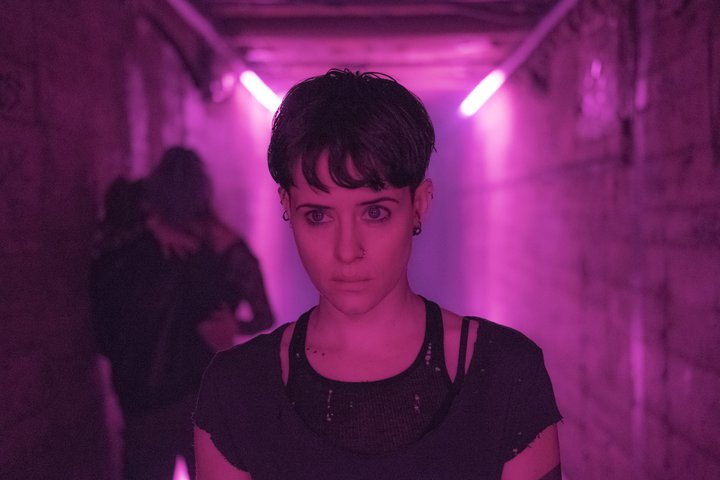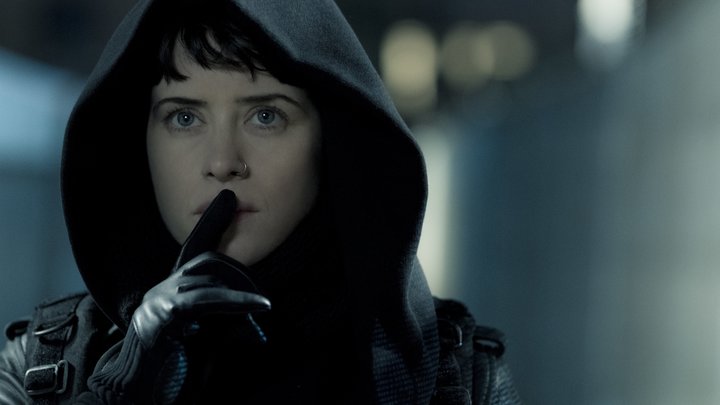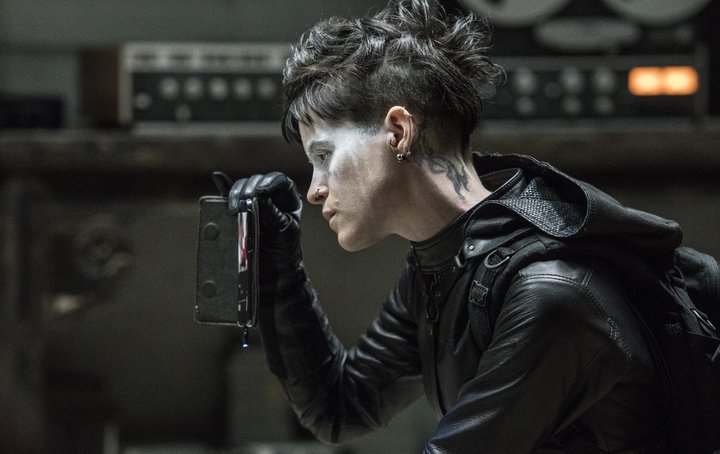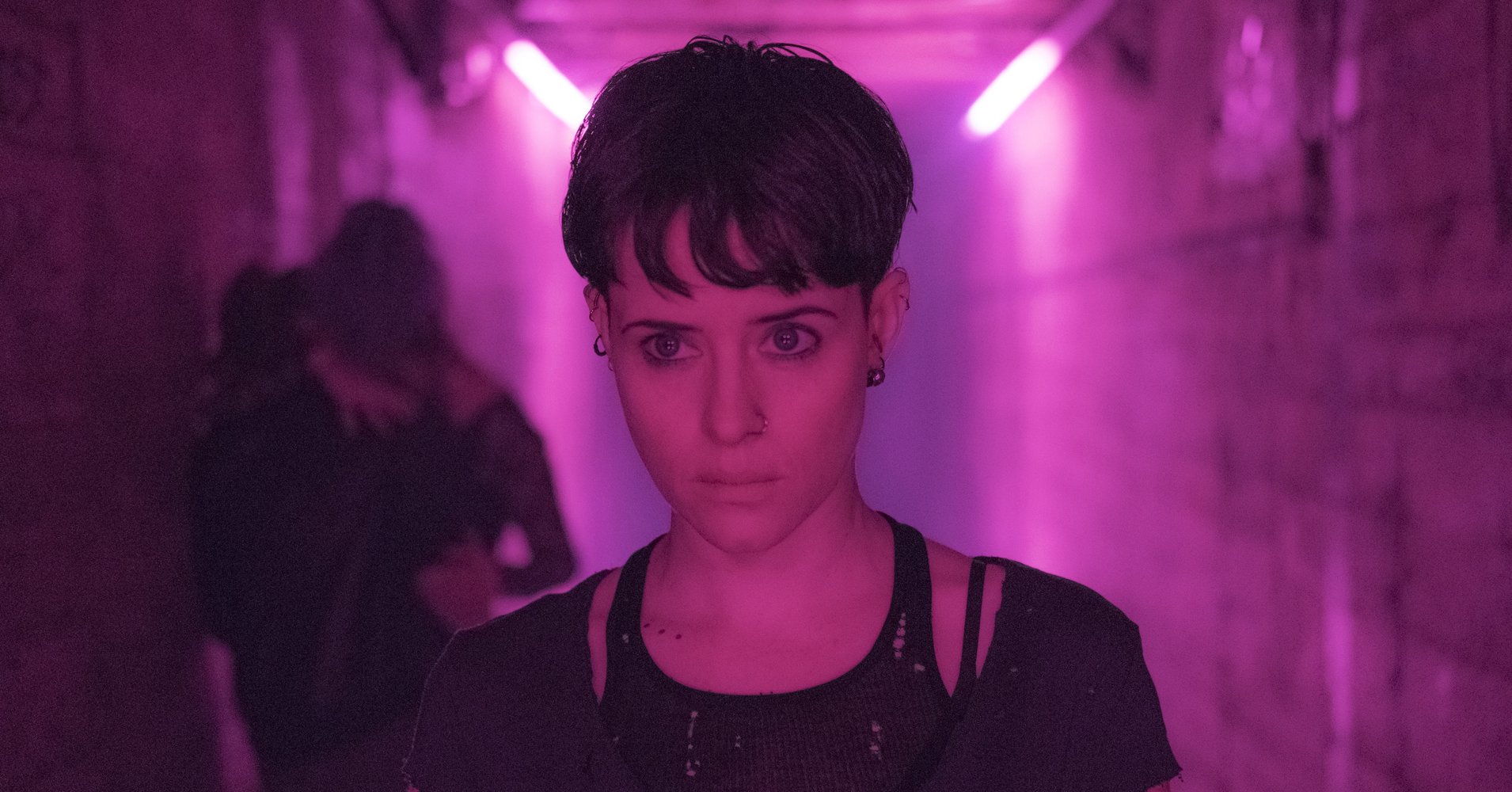[ad_1]
Fede Alvarez is in the business of toppling expectations. Ushered into Hollywood on the strength of a five-minute short film (“Ataque de Pánico!”), the Uruguayan filmmaker made his feature film bow by remaking “Evil Dead,” with the enthusiastic blessing of the franchise’s paterfamilias, Sam Raimi, and his legion of die-hards. Alvarez then crafted the rarest of summer hits with “Don’t Breathe,” an original film devoid of A-listers that made hundreds of millions of dollars on a shoestring budget.
After each big swing, there were knocks on Alvarez’s door (including a particularly illustrious one from the Marvel Cinematic Universe), and after most of those knocks, he politely declined. That is, until “The Girl in the Spider’s Web” came calling.
A semi-sequel to David Fincher’s “The Girl With the Dragon Tattoo,” “Spider’s Web” is an adaptation of the fourth book in the Millennium series, published after original author Stieg Larsson’s death. It’s a soft reboot of sorts, jettisoning the courtroom drama of the latter half of Larsson’s series to reunite the still dragon-inked Lisbeth Salander with her foil and sometime love interest Mikael Blomkvist.
The man who has built his career on gorefests and tension-stuffed chamber pieces seems, at first, like a surprising fit for another meditative exploration of misogyny and violence against women. But this follow-up is more superhero flick than subtle rumination. It’s the kind of pulpy action movie that contrasts Salander’s esoteric dives into the matrix with scenes like the one that involves her crushing and snorting amphetamines on the floor of a bloody bathroom. Here, Salander is more edgy Avenger than a labyrinth of contradictions.
To say liberties were taken would be fair; it’s something Alvarez admits in the first minutes of an interview.

Sony Pictures
“I think the big lesson I learned making [‘Evil Dead’] was that if you’re faithful to the spirit of the original creation, you’ll be fine,” he said over the phone. “A lot of the times you get caught up on trying to reproduce things, trying to do the same thing again just to try and have the success of the other movies or something. … [You] really just have to be faithful to the spirit of the original material.”
“Spider’s Web” is Alvarez’s first proper studio work, and in his hands, Lisbeth is transformed into a club kid Batman. In the one of the film’s first shots of the hacker, she’s set in relief against black gothic wings, casting her as a stylish angel of death, complete with getaway cars and impenetrable stares — a choice that lobs a character that was once the object of writer and audience surrogate Mikael’s obsession into the center of the action.
“We really reframed it,” Alvarez said. “[The books] always focused on the Mikael Blomkvist story. It begins with him and ends with him. She’s either the sidekick like she is in the first story, where she has her own chapter, the rape and revenge story, or she becomes the Watson to his Holmes in a way. And then in the second and this one, it’s almost like [she’s] a unicorn. He’s chasing his muse, this object of his fascination.”
“Spider’s Web” takes pains to cast this new Lisbeth as the master of her own story ― or at least, not the victim in anyone else’s. More than once, we see her choose dives from death-defying heights over surrender.
“We [don’t] have any powerful men in the movie,” gushed Alvarez. “The guys are just trying to do whatever they can to have a part of the story. But it’s really ― the women are not talking about another dude. They’re not servicing another man’s story. It’s really a clear exercise that we did when working on the script, where we thought, ‘How can we honor the spirit of Lisbeth Salander?’ And it’s not Lisbeth Salander the assistant or Lisbeth Salander the muse. This time it’s Lisbeth Salander the main character that really drives the story.”

Sony Pictures
Claire Foy picks up the Salander mantle from prior incarnations by Rooney Mara and Noomi Rapace. According to Alvarez, the “The Crown” and “First Man” actress was crucial in shaping a new version of the established antihero.
“I was really making an effort of making sure I wasn’t bringing to the screen such a female icon and making it from a 100 percent male perspective, which is the history of Hollywood, unfortunately,” Alvarez said. “I was really trying hard to ― even harder than in the past ― to really listen to the actor, not just when it comes to what she’s going to wear and how much makeup she’s going to have … but really about how to shoot her, how to portray her. What are the things I’m going to show her doing, what are the things I shouldn’t? I was really paying attention to her. And she had really strong opinions on that as well, which for me was very interesting.”
Alvarez, whose previous two films were anchored by all-in performances from the underrated Jane Levy, hailed Foy as “one of the greatest actors working today” and said his decision to cast her boiled down simply to her immense ability to convey depths of emotion on screen.
“She doesn’t have a lot of lines,” he said. “She’s constantly trying to hide her emotions from you. A great actor can be hiding emotions actively all the time, but you as an audience will know exactly how she feels. … And I think Claire does exactly that, really, with very little.”
Ever candid, Alvarez didn’t hesitate to draw attention to the gender dynamics of the 2011 adaptation by the famously exacting David Fincher. “I think [‘Spider’s Web’] is the first time [Lisbeth] hasn’t been portrayed by a director that is forcing his will on someone and saying, ‘This is the way it is,’ but letting the actor make a lot of those decisions. And I’m really proud of that. It turns out you really just have to let go about a lot of your personal vision. I had to learn to make that sacrifice in order to let that actor be free and really portray the character in the way they believe is the right way. That was a big part of making this movie, was to really listen to what she had to say.”

Sony Pictures
Alvarez made clear that this process ― particularly in the era of the Me Too movement, which he said “exploded” while the film was in preproduction ― was a different one for him, an exercise in listening and relinquishing for the sake of the film’s ultimate effect. Still, he doesn’t want to wish away all the credit. His voice crackles a bit as he excitedly announces a minor “spoiler alert” about a detail from the film’s third act, a role reversal that’s exactly his kind of catnip.
“When [Lisbeth] leaves Blomkvist in the house stuck with the kid, it’s my favorite moment,” he said. “Because that always happens in other films, where [female characters are] left in the house with the kid, but she leaves them to go save the world.”
Perhaps Alvarez hasn’t quite yet earned the title of Hollywood provocateur, but with “Spider’s Web,” he continues to delight in defying preconceptions. His cinematic choices remain as divisive as they are delicious ― a tongue lasciviously pressed against the blade of a knife so hard that it splits in two in “Evil Dead,” a jittery chase scene shot in utter darkness in “Don’t Breathe,” an unrelenting tase to the nether regions in “Spider’s Web.” While the edges of his latest film might feel ever so slightly sanded down to blockbuster-friendly outlines, there’s still a glimpse of Alvarez’s trademark rebellion.
“I think it’s going to take time for people to realize how strange a lot of the decisions are in this movie,” he said. “Something that I find a lot of pleasure in, a lot of people don’t like it. … I try to lose half of the audience. Because I know if I lose half of the audience, the other half will really love it. Instead of everybody being like, ‘Yeah, OK!’ and making sure everybody’s happy.”
[ad_2]
Source link

